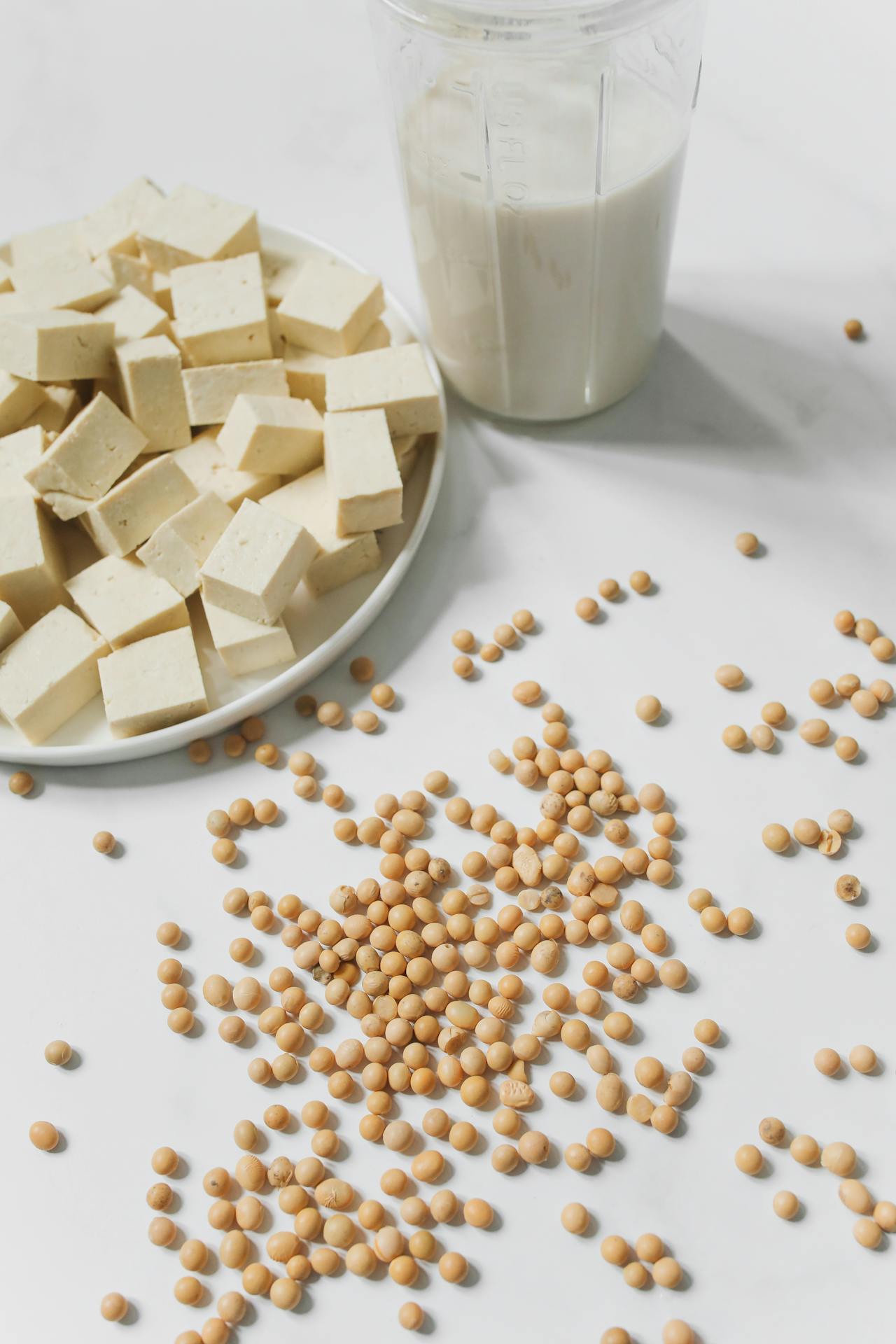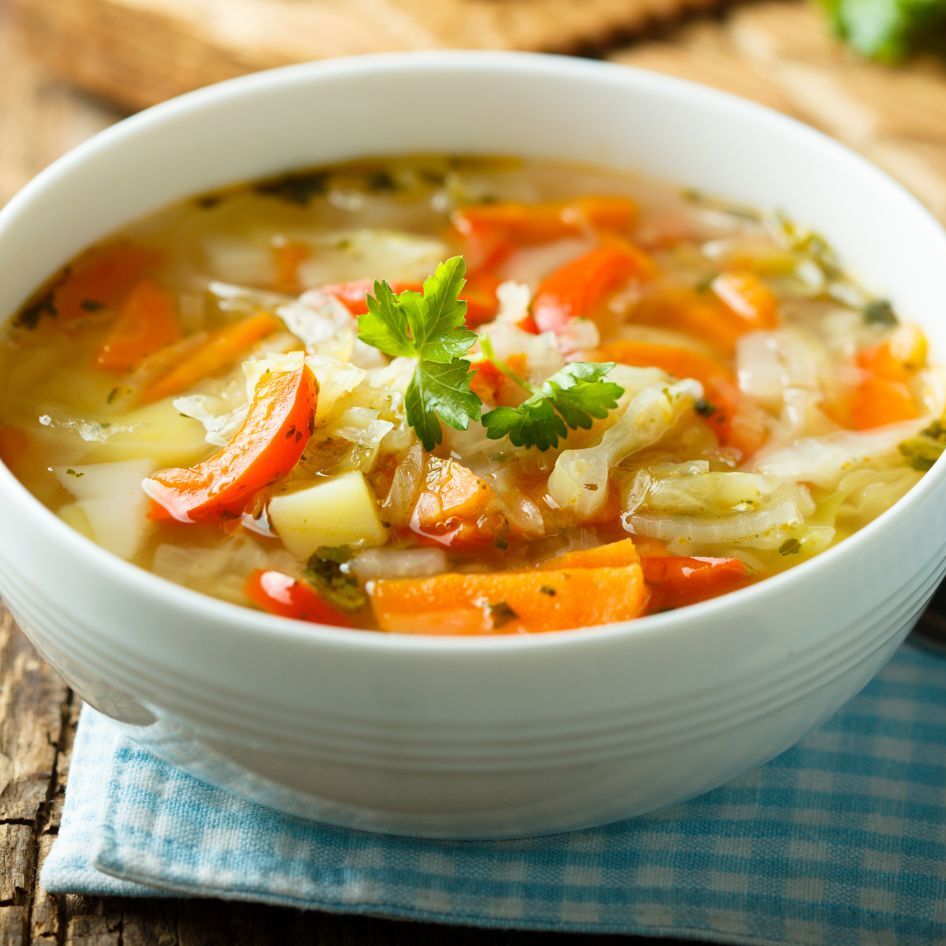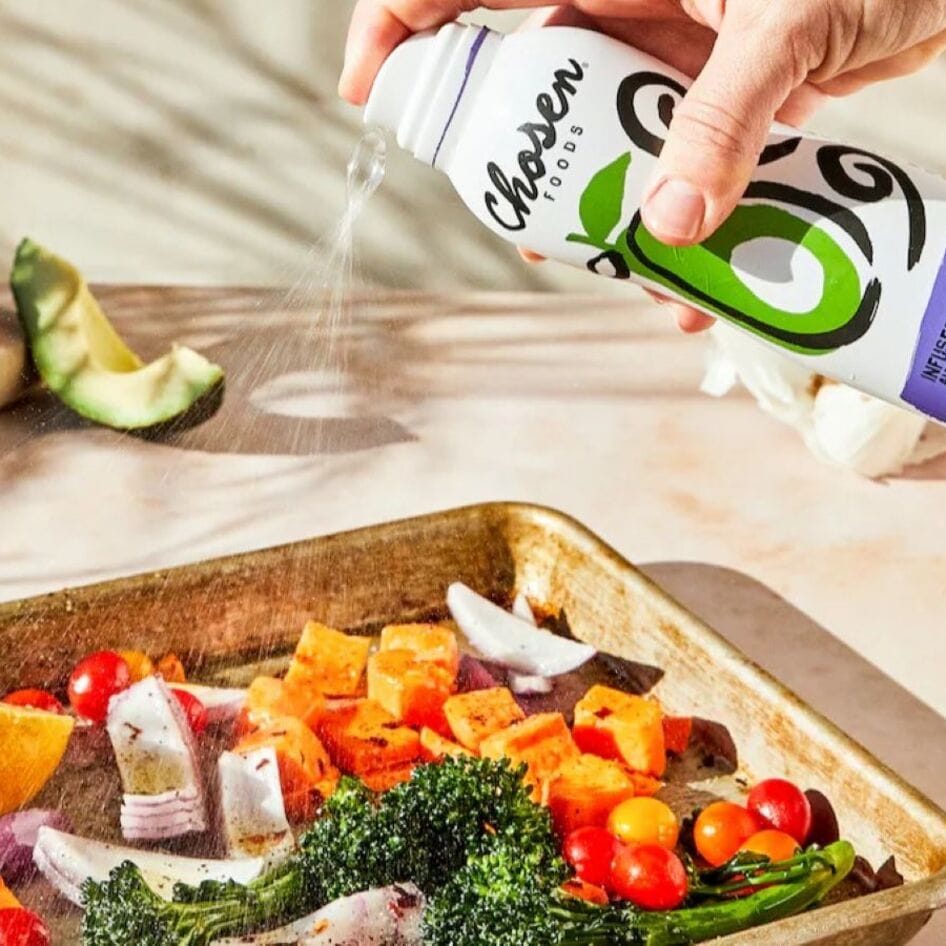If you walk into your local coffee shop, chances are you’ll be faced with a lineup of milk options. There’s oat, soy, and almond milk, for example, but cow’s milk is still the default in most places. Whole milk, in particular, remains a firm favorite.
In fact, per Statista, whole milk is the top-selling milk category in the US, with more than 15 million pounds sold every year. And if the Trump Administration gets its way, that number may keep climbing. In its Make America Healthy Again (MAHA) strategy report, the government outlined plans to remove restrictions on whole milk sales in schools.
 Pexels
Pexels
Currently, children across the US are served low-fat and nonfat milk. Whole milk, with its higher saturated fat content, isn’t typically offered.
“We’re ending the 50-year war on natural, saturated fat,” Food and Drug Administration Commissioner Martin A. Makary, MD, MPH, said in a statement. “Remarkably, schools by regulation are not supposed to have a certain amount of whole milk. That makes no sense scientifically. It’s been nutrition guidance by the government based not on evidence, but on dogma.”
But not everyone agrees.
Is whole milk actually good for you?
The Physicians Committee for Responsible Medicine has accused the MAHA strategy of putting children’s health at risk. The group points to research linking saturated fat with an increased risk of heart disease, arguing that whole milk isn’t a safe choice for kids.
Sapna Peruvemba, MS, RDN of Health By Sapna, echoes those concerns. “Health organizations say we should keep saturated fat pretty low—ideally less than six to 10 percent of daily calories,” she explains. “On a 2,000-calorie diet, that’s about 13 grams a day. One cup of whole milk has 4.5 grams, so just three cups would max out your daily limit.”
 Pexels
Pexels
She notes that while whole milk is a good source of protein, it’s also calorie-dense at about 150 calories per cup. Lower-calorie, lower-fat plant-based milks, like fortified soy, may be a better option for many people.
“When fortified with calcium, vitamin D, and other key nutrients, soy milk is considered a suitable alternative to dairy and is even recognized as part of the ‘dairy group’ in the federal Dietary Guidelines for Americans,” she notes. “It also provides all nine essential amino acids in amounts similar to animal protein.”
Other fortified plant-based milks, such as oat or almond blended with pea protein, can also be heart-healthy choices. Peruvemba adds: “Plant-based milks can provide both satisfaction and nutrition without the heavy calorie or saturated fat load of whole milk.”
For more plant-based stories like this, read:
JUMP TO ... Latest News | Recipes | Guides | Health | Subscribe









